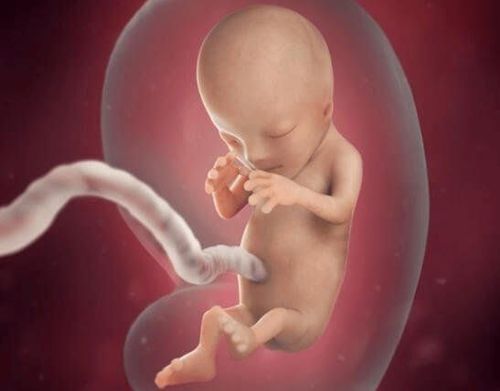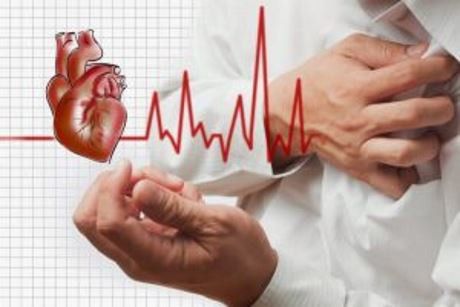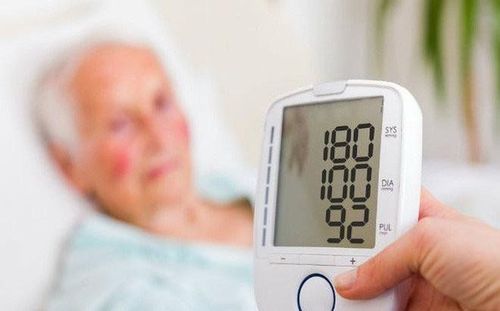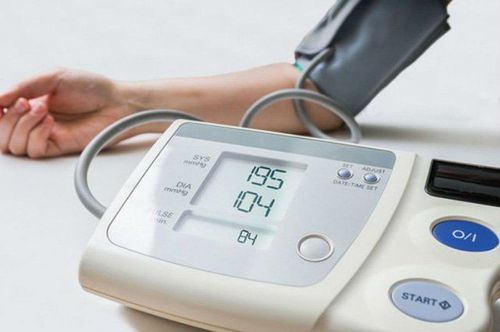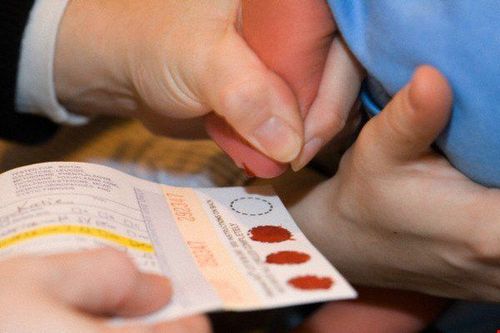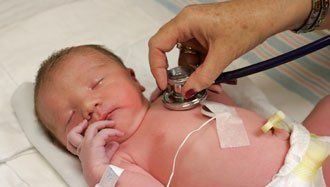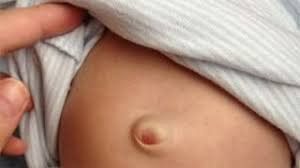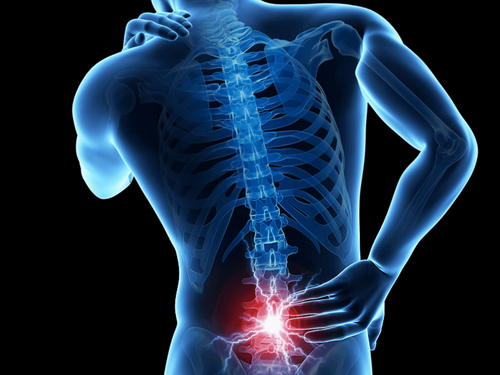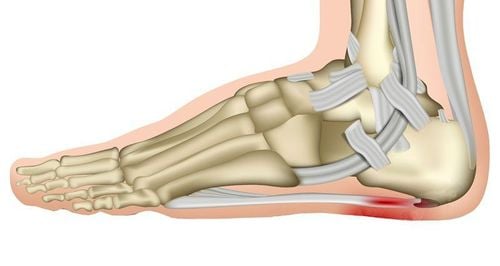Nội dung bạn đang tìm kiếm không có phiên bản tiếng Việt.
Vui lòng chọn tiếp tục để xem nội dung tiếng Anh hoặc đi đến trang chủ Tiếng Việt.
Rất xin lỗi về sự bất tiện này.

Home
Tag Non-invasive mechanical ventilation
Articles in Non-invasive mechanical ventilation
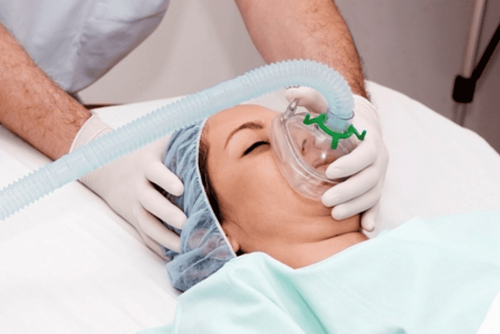
Taking care of ventilator patients
Ventilators help patients breathe when they are unable to breathe on their own for any reason. Although mechanical ventilation has many benefits, patients face some complications such as respiratory infections. Therefore, caring for patients on mechanical ventilation plays an important role in preventing future complications.
Xem thêm
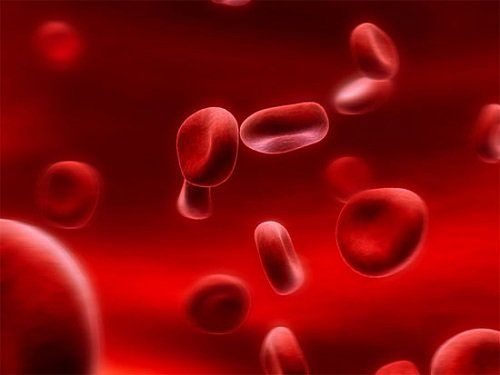
Hypoxemia in ventilator patients
In modern medicine, many advanced equipments are developed to diagnose, care for and treat patients, including mechanical ventilation, which is an activity to support the patient's breathing process. It is necessary to monitor the phenomenon of hypoxia in the blood when using a ventilator for timely treatment.
Xem thêm
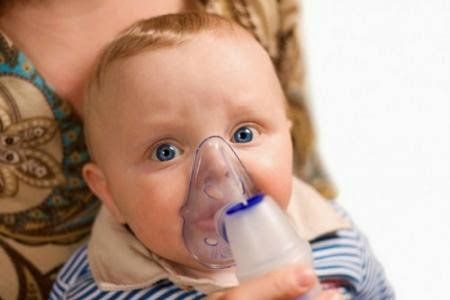
Non-invasive mechanical ventilation in the treatment of acute respiratory failure
Non-invasive ventilation has proven to be effective in the treatment of acute respiratory failure, especially in patients with chronic obstructive pulmonary disease. Non-invasive ventilation equipment should be available 24 hours a day in the hospital for treatment.
Xem thêm
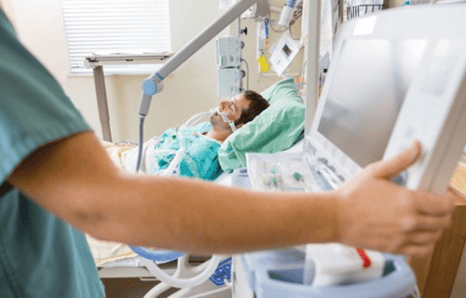
Procedure for taking care of ventilator patients and things to note
Patients on ventilators need comprehensive care, combined with monitoring of clinical and paraclinical signs and ventilator parameters. Ventilator patients are often seriously ill, so care and nutrition of ventilator patients must be done properly.
Xem thêm
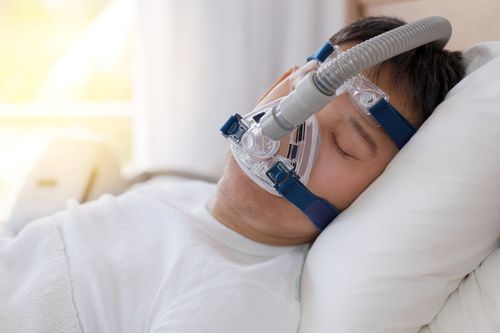
Non-invasive mechanical ventilation NCPAP and BIPAP
CPAP (Continuous positive airway pressure) - continuous positive airway pressure ventilation. BIPAP (Bilevel positive airway pressure) - ventilation with two positive pressure thresholds. These are two non-invasive ventilation methods widely used in intensive care units, especially in neonatal resuscitation.
Xem thêm
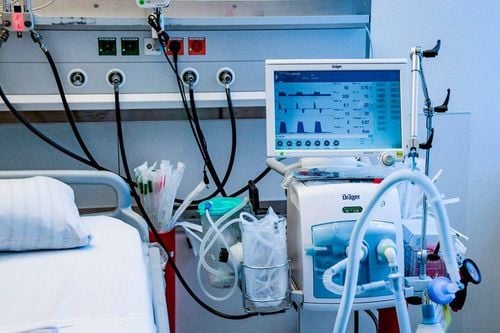
Adjusting PaCO2 in mechanically ventilated patients
Mechanical ventilation is a means of supporting or replacing respiratory function in patients with severe illness. For mechanical ventilation to be highly effective and to achieve the most physiologically appropriate artificial ventilation, the PaCO2 parameter in arterial blood gas must be closely monitored and adjusted within the appropriate range through adjustments on the ventilator.
Xem thêm
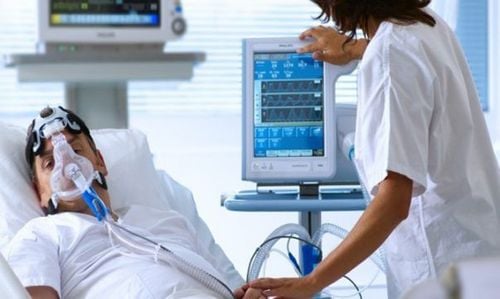
Artificial ventilation for patients with acute pulmonary edema
Acute pulmonary edema is an urgent emergency, causing acute respiratory failure because the alveoli (lungs) are filled with fluid, leading to the inability to exchange air (take in O2 and release C02). If detected, diagnosed early, and treated promptly, the disease can recover quickly. If not treated promptly, it will lead to severe acute respiratory failure, with a high risk of death.
Xem thêm




